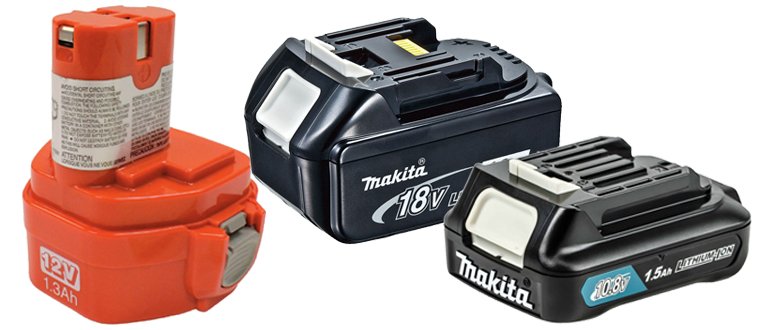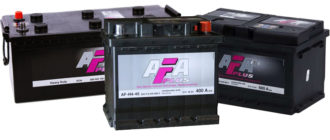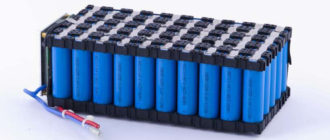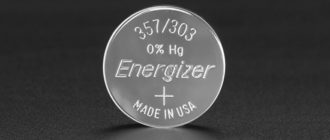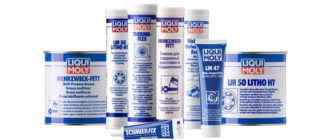A power screwdriver is a necessary power tool in the household. For ease of use, many models have built-in batteries that allow you to perform work offline.
If the screwdriver is not used often, then there is a need for proper storage of the rechargeable current source. The features of such an operation, depending on the type of battery, will be described in detail in this article.
Content
Varieties of screwdriver batteries
Batteries in screwdrivers can be made using various technologies. Typically, lithium-ion, nickel-cadmium and nickel-metal hydride rechargeable sources of electricity are used.
Li Ion cells have unique electron storage characteristics and can be recharged more than 1000 times. The main disadvantage of such products is the high cost and fire hazard
Ni-Cd batteries are very inexpensive devices that cope well with the load, but have a very limited number of charge / discharge cycles and a significant memory effect. Nickel-metal hydride products are located approximately in the middle between lithium and cadmium cells for all major indicators.
How to determine which battery you have
It is not difficult to determine whether a battery belongs to a particular technology. If the battery contains letters, you can accurately determine the type of power source. If there are no indicators, but the battery weighs very little, then most likely such a product is made using lithium technology.
If the battery has a significant weight and the memory effect is clearly noticeable during its operation, it can be assumed that the element belongs to the group of nickel-cadmium products.
Nickel metal hydride are free from such shortcomings and do not contain heavy metals hazardous to the environment, therefore such a battery will have an average weight and a long service life.
Storage rules by type
Each type of battery should be stored under the most appropriate conditions. Next, the most optimal temperature characteristics and features of long-term conservation of batteries for screwdrivers will be given.
Lithium ion
The maximum shelf life of lithium rechargeable power supplies is 5 years. This indicator can be significantly reduced if significant temperature deviations were observed during the process of prolonged leaving the battery in an unused state.
Especially negative for the internal structure Li-ion battery may affect winter storage in an unheated room, such as a garage or balcony. In frost, crystallization of the electrolyte occurs, and as a result, a significant decrease in capacity.
High temperatures can not only reduce the amount of accumulated charge, but also completely disable the lithium battery. The battery may get warm from a radiator, an open flame, or from direct sunlight.
In any case, the placement of such products should be carried out away from the listed sources of infrared radiation. In addition to observing temperature standards, it is recommended to store Li-Ion batteries charged at 60-70%.
Nickel cadmium
Unlike lithium-ion batteries, nickel-cadmium products can be stored discharged, but it is absolutely not forbidden to fully charge the battery before preservation.All the same, this procedure will not allow you to save electric current for a long time, because batteries of this type have too high a level of leakage of electricity.
Storage nickel cadmium batteries in the cold is not recommended. The optimum temperature level to ensure long battery life is 10 - 12 ° C.
If a screwdriver in which batteries of this type are installed will not be used for a long time, it is recommended to carry out several charge / discharge cycles before sending the power source for long-term storage.
Nickel metal hydride
The advantage of nickel-metal hydride products is its high capacity and good performance at low temperatures, but it is also recommended to store them at + 10 ° C. Before prolonged conservation, it is recommended to charge and discharge the element several times.
To maximize the efficiency of storage, it is recommended to fully charge the element once every six months. Unlike lithium products Ni-Mh batteriesit is possible and necessary to charge 100%.
What is not allowed to be done during storage
If storage is carried out in the workshop, it is necessary to protect the batteries from possible physical impact. If a tool accidentally falls on the battery, lithium batteries can catch fire during depressurization, and cadmium batteries can become a source of serious pollution.
During the entire period of conservation, as well as immediately after the termination of storage of batteries, consumers of electricity should not be connected to them. Even if the battery is not completely discharged during this time, it is still recommended to fully charge it before use.
If, in violation of the requirements, the battery was exposed to low temperature, then it is possible to correctly remove it from the state of prolonged non-use by connecting the charger no earlier than after 12-hour “thawing”.
Have questions or have something to add? Then write to us about it in the comments, this will make the material more complete and accurate.



